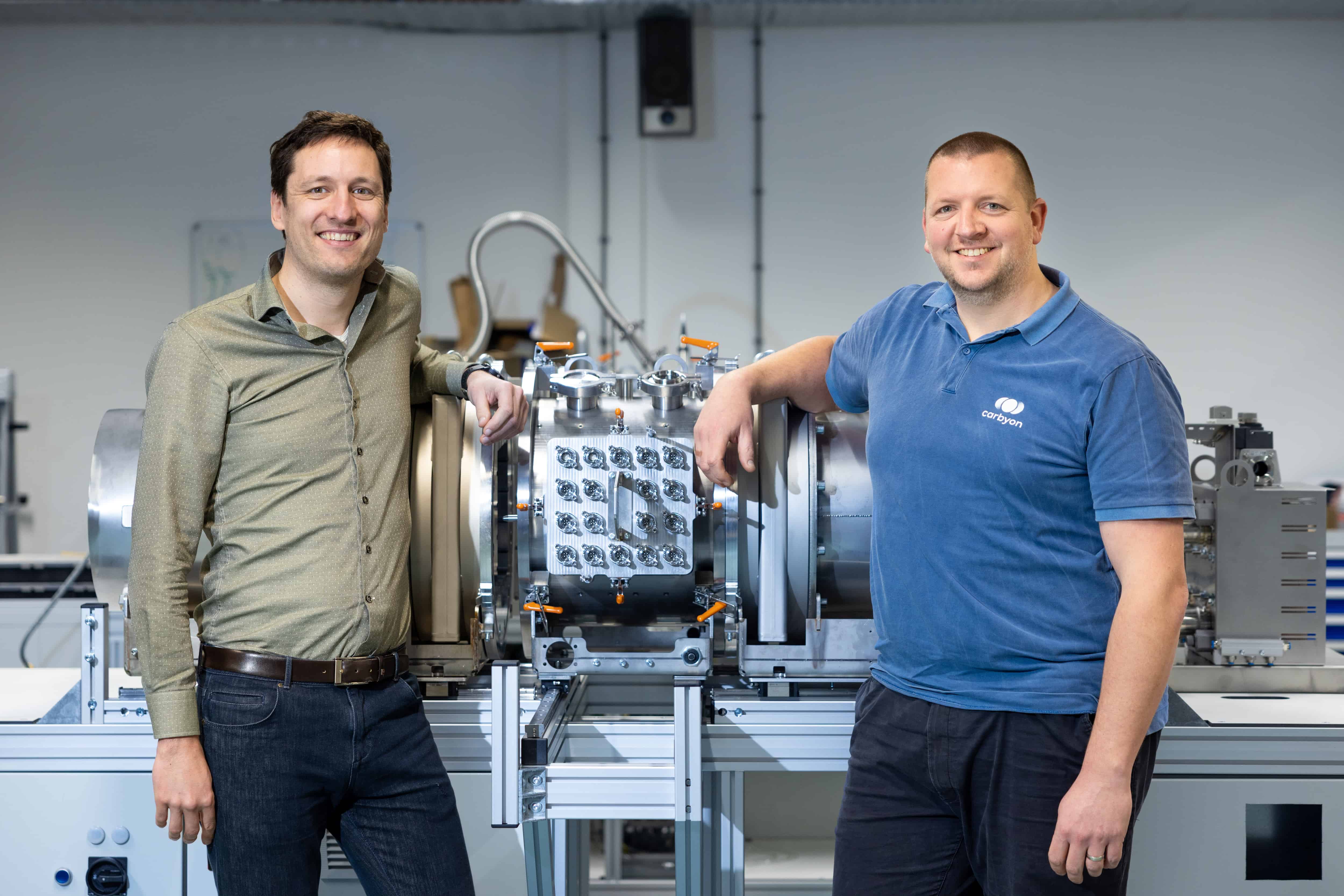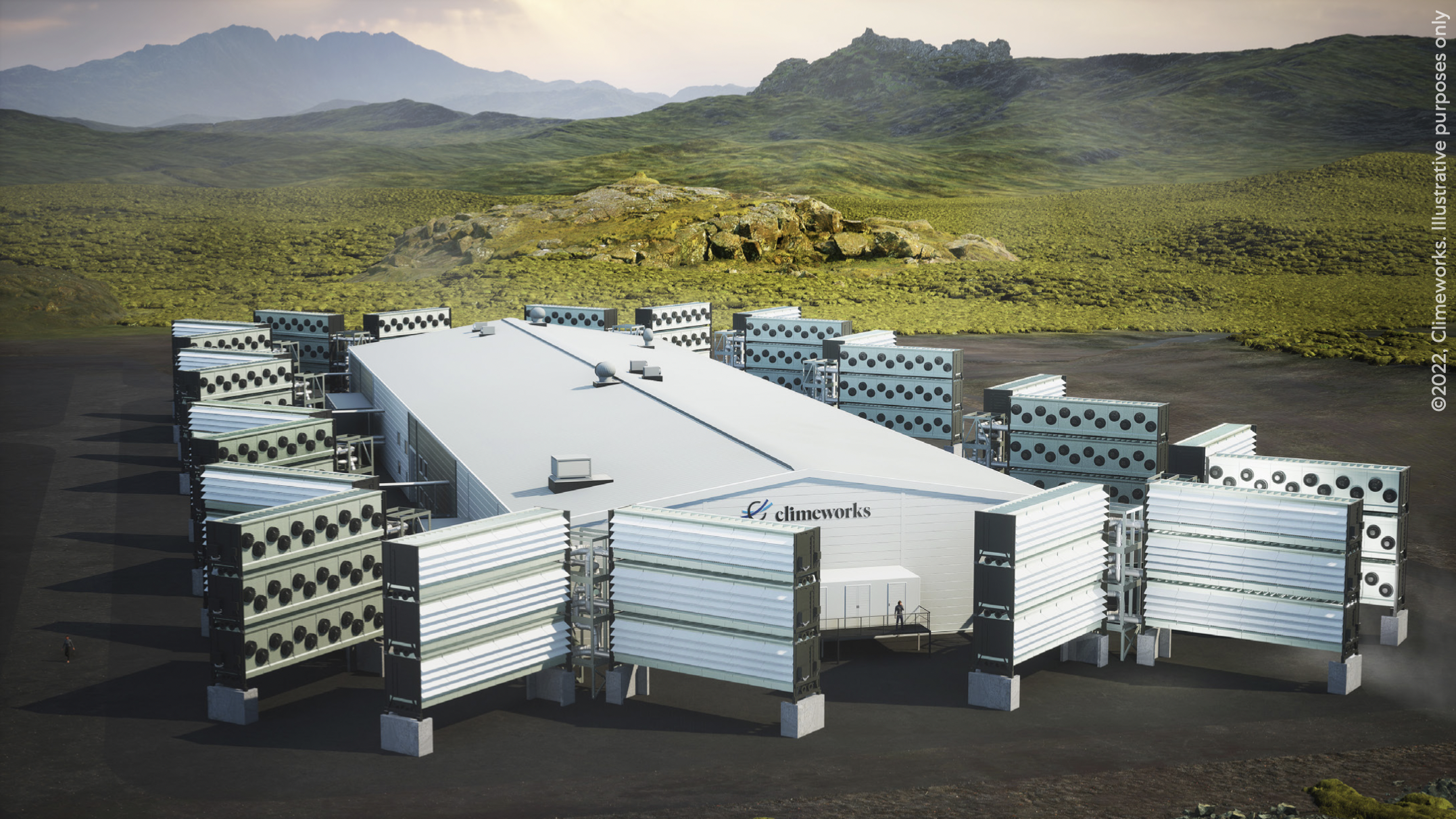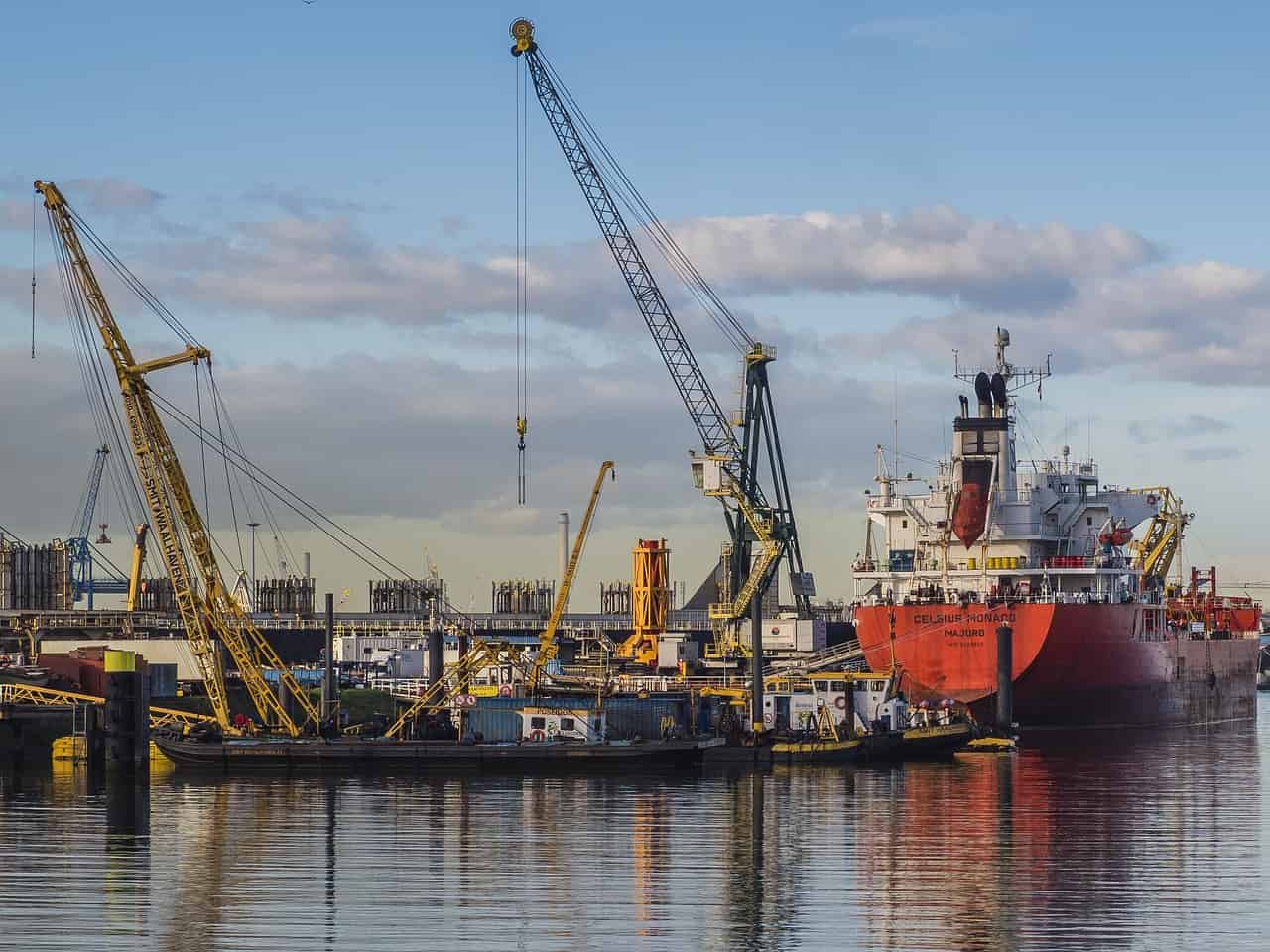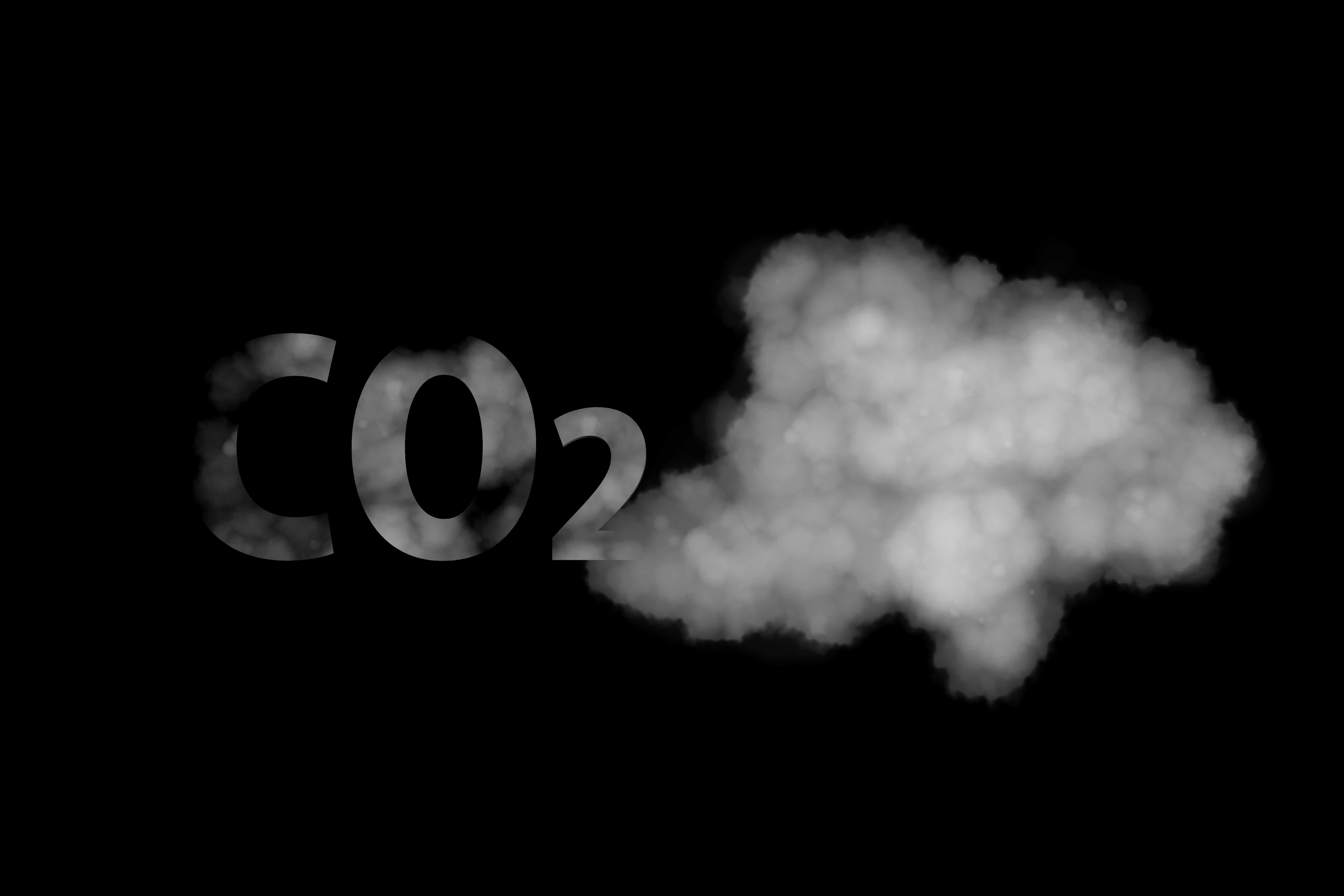
To maximize our chances of limiting global warming to 1.5°C above pre-industrial levels, global greenhouse gas emissions must be reduced at an unprecedented speed over the next decades: CO₂ emissions must decrease by at least 90% by 2050, according to the IPCC. In addition, carbon dioxide removal (CDR) solutions are needed to neutralize any residual emissions and thus enable the world to achieve net zero CO₂ by 2050.
In a recently published report, Climeworks – a Zurich-based carbon capture and storage company – calls for a clear and distinct role of CDR. In the report, Climeworks emphasizes the crucial distinction between greenhouse gas emissions reductions and carbon dioxide removal from the atmosphere. The report aims to clarify the different roles of these two methods in the fight against climate change and to inform decision-makers, investors, and the public about the necessity of pursuing both avenues.

Both essential
Emission reductions refer to decreasing the number of greenhouse gases emitted into the atmosphere by human activities, while carbon dioxide removal involves the direct capture and storage of carbon dioxide (CO2) from the atmosphere. While both are essential in the global effort to combat climate change, Climeworks stresses that they should not be conflated or treated as interchangeable.
The report highlights three main reasons for distinguishing between emissions reductions and CDR:
- Different Timeframes: Emissions reductions must be pursued immediately, while CDR is a long-term solution to balance CO2 emissions and removals. Efforts to cut emissions today can help prevent further climate change, whereas CDR technologies can help reverse the effects of past emissions.
- Distinct Roles in Climate Change Mitigation: Emissions reductions can prevent further climate change by limiting the amount of greenhouse gases released into the atmosphere. Meanwhile, CDR technologies can help mitigate the impact of past emissions by removing CO2 from the atmosphere and storing it permanently, contributing to global negative emissions.
- Complementary Solutions: Both emissions reductions and CDR are required to meet the goals of the Paris Agreement, which aims to limit global warming to well below 2 degrees Celsius above pre-industrial levels. It is not enough to rely solely on reducing emissions; CDR technologies are necessary to counterbalance residual emissions and achieve ambitious climate goals.
Climeworks’ report underlines the importance of investing in and developing CDR technologies, such as direct air capture (DAC) and bioenergy with carbon capture and storage (BECCS). DAC involves using specialized filters to capture CO2 directly from ambient air, while BECCS captures CO2 emitted from biomass combustion or gasification. Both technologies are crucial for achieving global negative emissions targets.

Priority
The report also stresses that reducing emissions remains an urgent priority. Investments in renewable energy, energy efficiency, and sustainable transportation must continue alongside the development of CDR technologies to ensure a comprehensive approach to climate change mitigation.
Christoph Gebald, co-founder and co-CEO of Climeworks, commented on the report’s significance: “Understanding the distinction between emissions reductions and carbon dioxide removal is essential for effective climate change mitigation. We must prioritize both strategies and invest in their development to achieve a sustainable future.”
Climeworks’ publication serves as a timely reminder of the need for a two-pronged approach to combat climate change, focusing on emissions reductions and carbon dioxide removal to ensure a safer and more sustainable future for all. Eindhoven-based Carbyon has supported the call: “A clear explanation from our colleagues in the direct air capture space on why separate policies are much needed for carbon removal. We hope to see developments in the global pathways for negative emissions anytime soon.”
Climeworks is a pioneering company in the field of carbon capture and storage, specializing in direct air capture technology. Founded in 2009, the Swiss-based company is committed to providing scalable, efficient, and flexible solutions for removing CO2 from the atmosphere, to achieve global negative emissions.







